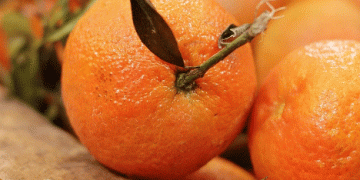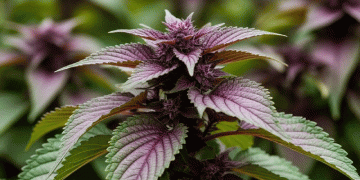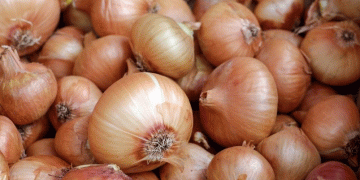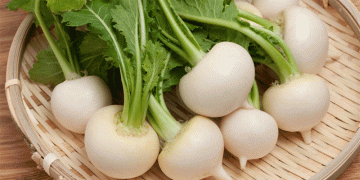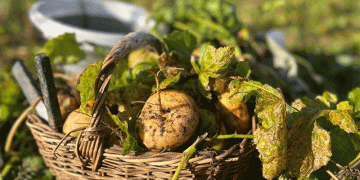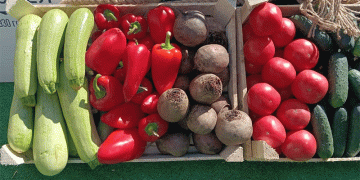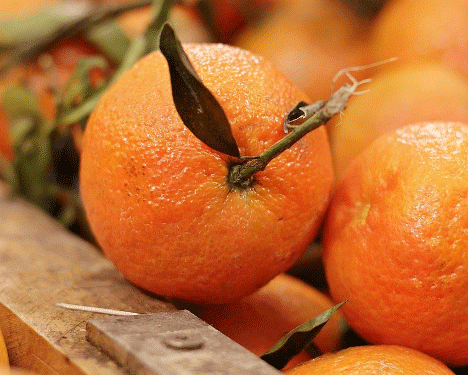The global citrus market is poised for a significant shift in the 2023/24 season, with orange and mandarin production expected to increase by 1.2 million tons, bringing the total to 38.2 million tons. This surge is largely driven by substantial production gains in China and Turkey, key players in the citrus industry. For citrus farmers and agronomists, these figures signal both opportunities and challenges in meeting growing consumer demand and navigating the complexities of international trade.
Citrus Production Increases in Key Regions
China, the world’s largest producer of mandarins, is set to experience a remarkable boost in production. According to recent data, China’s citrus output is expected to rise due to favorable growing conditions and expanded planting areas. Turkey, another significant citrus producer, is also reporting higher yields, benefiting from modernized orchards and improved agricultural practices.
These increases are expected to fuel both consumption and export growth. With higher production volumes, farmers and exporters are poised to capitalize on the rising demand for fresh citrus products in global markets, particularly in Europe, North America, and Asia. In fact, the growing middle-class population in many developing countries has spurred increased consumption of citrus fruits, viewed as a healthy and accessible option.
Orange Juice Production Faces Challenges
Despite the overall increase in citrus production, the global outlook for orange juice production tells a different story. Forecasts suggest a 3% decline, bringing production down to 1.5 million tons. This drop is primarily due to reduced availability of oranges for processing in Brazil, the world’s leading orange juice producer. Unfavorable weather conditions and disease pressures in Brazil’s citrus groves have impacted yields, leading to a lower supply of fruit for juice extraction.
For farmers focusing on oranges destined for juice production, this represents a challenge, as lower output can result in increased prices but also heightened volatility in the market. Orange juice processors and exporters will need to adapt to this tightening supply while balancing their production costs and international demand.
Lemon and Lime Production on the Rise
In contrast to orange juice production, the global production of lemons and limes is expected to increase by 2%, reaching 10.1 million tons. This growth is supported by expanding acreage in key producing regions like Mexico and Argentina. The rising popularity of lemons and limes, both as fresh produce and as key ingredients in processed foods, beverages, and cosmetics, continues to drive demand.
The citrus industry as a whole is experiencing diverse growth patterns, with some regions benefiting from favorable conditions, while others face challenges related to climate change, disease management, and fluctuating market demand. For citrus producers worldwide, staying informed of these trends and adjusting their strategies will be crucial to maintaining profitability and market competitiveness.
